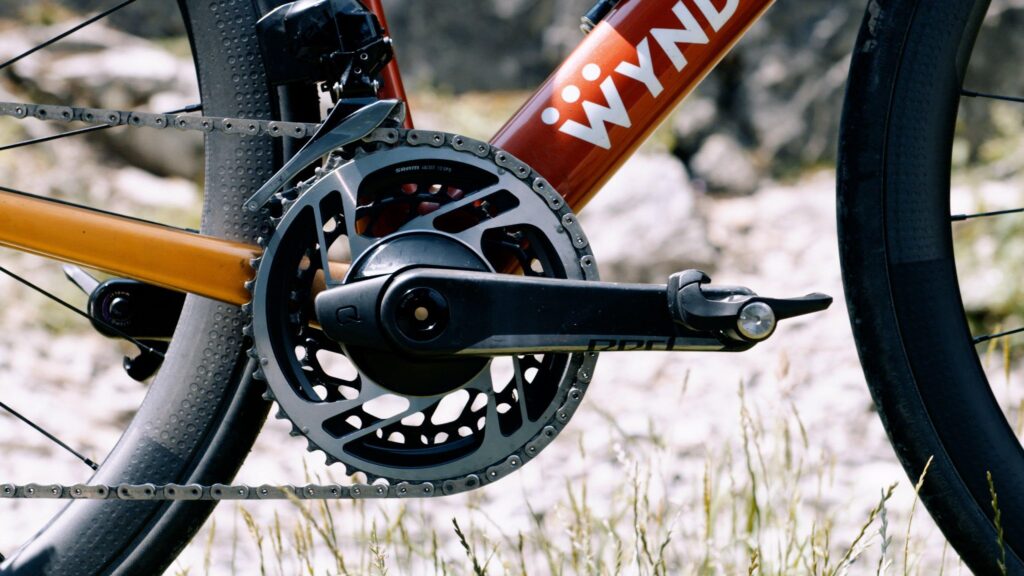Best Power Meters 2025: Accurate and Reliable Options for Getting the Training Data You Need
As the world of cycling continues to evolve, the demand for precise performance metrics has never been higher. Athletes and enthusiasts alike are increasingly turning to power meters to quantify their efforts, optimize their training, and ultimately enhance their performance. In 2025, the latest advancements in power meter technology promise to offer cyclists an unprecedented level of accuracy and reliability. This guide delves into the best power meters available this year, evaluating their features, specifications, and user feedback, ensuring that cyclists have access to the data they need to push their limits and achieve their goals. Whether you’re a competitive racer or a casual rider aiming to improve your fitness, these state-of-the-art devices are poised to be essential tools in your training arsenal.
Top Power Meter Technologies Shaping the Future of Cycling Performance
The evolution of power meter technology is transforming the landscape of cycling. With advancements in sensor accuracy and data analytics, cyclists now have access to performance metrics that were once the privilege of professional athletes. Today’s cutting-edge power meters leverage strain gauge technology and optical sensors, delivering unparalleled precision in measuring power output. Some of the notable innovations include:
- Wireless Connectivity: Seamless integration with various devices and apps ensures real-time data tracking.
- Multi-Sport Adaptability: Many brands offer models that can be used across different sports, making them versatile training tools.
- Improved Battery Life: Extended usage times allow for longer training sessions without the worry of running out of power.
Another game-changer in the realm of power meter technology is the rise of pedal-based systems. These devices offer a simple installation process and can be easily transferred between bikes, catering to the needs of both amateur and competitive cyclists. Additionally, advancements in data processing algorithms now provide insights into cycling efficiency and form, allowing athletes to refine their training regimens. The latest products are characterized by:
| Feature | Benefit |
|---|---|
| Wind Resistance Measurements | Enables cyclists to minimize drag for improved speed. |
| Force Vector Analysis | Helps in understanding pedaling technique and optimizing power application. |
| Real-Time Adjustments | Allows for immediate feedback during live training sessions. |
Essential Features to Consider for Accurate Training Data
When evaluating power meters for optimal training data accuracy, several critical features should be prioritized. Firstly, the measurement technology plays a vital role; look for meters that utilize advanced strain gauge, optical power, or radar technology for enhanced precision. Secondly, ensure that the device is equipped with dual-band connectivity for seamless integration with various training apps and devices, allowing for real-time data monitoring and analysis. Other important features include:
- Battery Life: A power meter should offer robust battery longevity to sustain longer training sessions.
- Calibration: Look for convenient calibration options, preferably automatic, to maintain reliability over time.
- Weight: Lightweight options will minimize any impact on performance and enhance the overall riding experience.
Moreover, it’s essential to consider user feedback and testing results. Seeking out models with robust user reviews can provide insights into real-world performance that specifications alone may not reveal. A transparent manufacturer provides clear accuracy rating metrics-typically presented in a table for quick reference. For instance:
| Model | Accuracy Rating (%) | Battery Life (hrs) |
|---|---|---|
| Model A | 2.0 | 100 |
| Model B | 1.5 | 80 |
| Model C | 1.8 | 90 |
Expert Recommendations for the Best Power Meters of 2025
As the demand for enhanced training metrics grows, experts have identified several power meters that standout for their accuracy and reliability in 2025. Leading the pack is the WattBike AtomX, which combines cutting-edge technology with user-friendly features. This power meter offers real-time data feedback, allowing athletes to refine their techniques during sessions. Notable for its seamless integration with popular cycling apps, it also includes custom calibration options that are perfect for both competitive cyclists and casual riders alike. Alongside it, the Quarq DZero also earns high marks for its precision; this robust option features Bluetooth and ANT+ connectivity, ensuring compatibility with a wide range of devices and providing users with in-depth analytics.
The market also showcases the PowerTap P2, which is celebrated not just for its performance but also for its affordability, making it a favorite among amateur cyclists. Users appreciate its simplicity, ease of installation, and long-lasting battery life, all of which contribute to a hassle-free experience. In a broader landscape of choices, here are essential features to consider when selecting the best power meter for your needs:
- Accuracy: Look for a meter that guarantees +/- 1-2% measurement precision.
- Compatibility: Ensure it supports both ANT+ and Bluetooth protocols for seamless data transfer.
- Battery life: Consider models that offer extended battery life, reducing the frequency of replacements.
- Weight: A lightweight design can enhance performance without adding unnecessary burden.
Closing Remarks
In conclusion, as we venture further into 2025, the landscape of power meters continues to evolve, offering cyclists and athletes an array of options that balance accuracy, reliability, and innovative technology. From advanced devices that integrate seamlessly with training apps to user-friendly models designed for hobbyists, there is a power meter to suit every level of performance and budget. As you gear up for your next training cycle, investing in one of these top-rated power meters could provide the critical insights needed to enhance your training regimen and achieve your fitness goals. Stay informed, stay trained, and embrace the power of data-driven performance in the year ahead.











